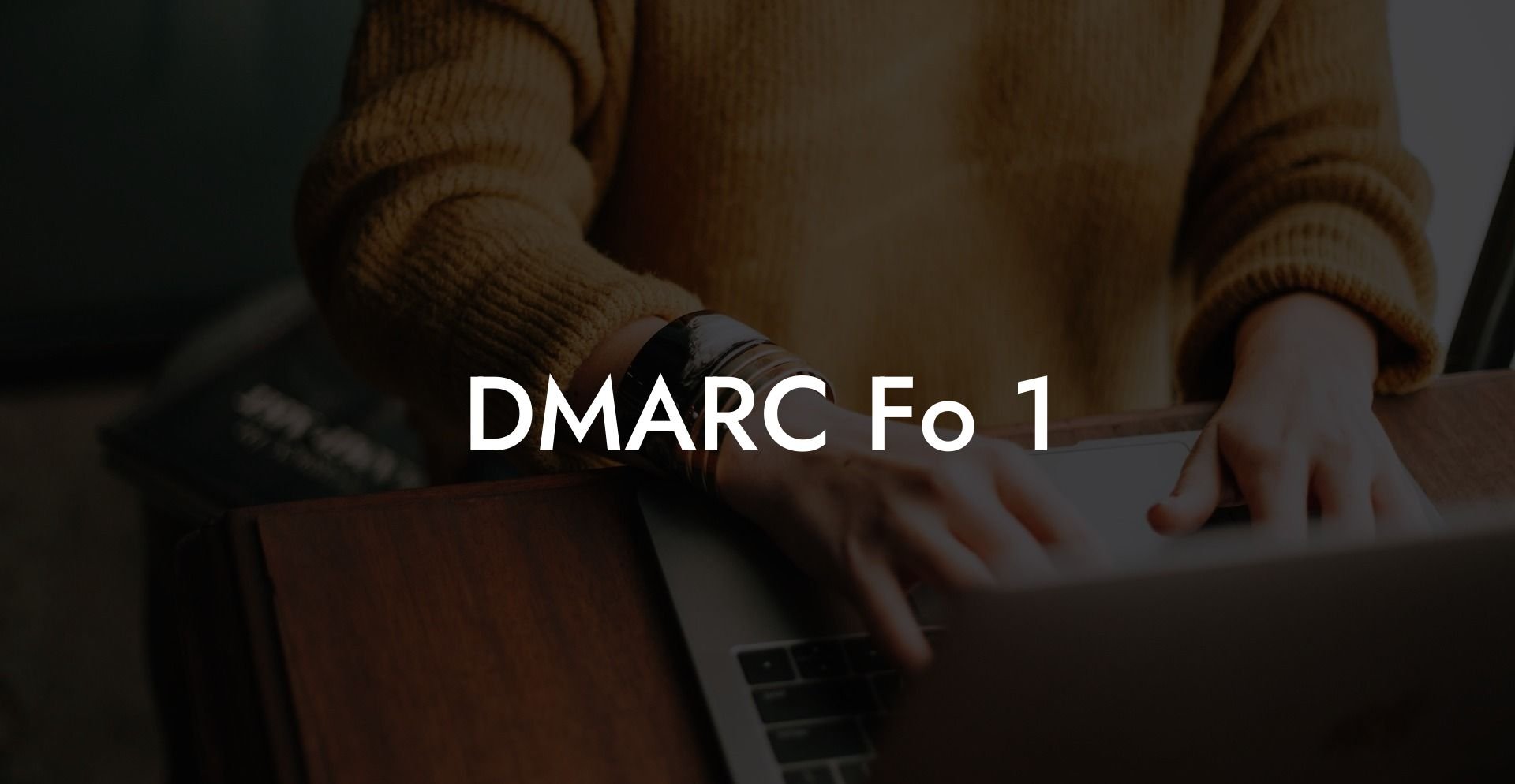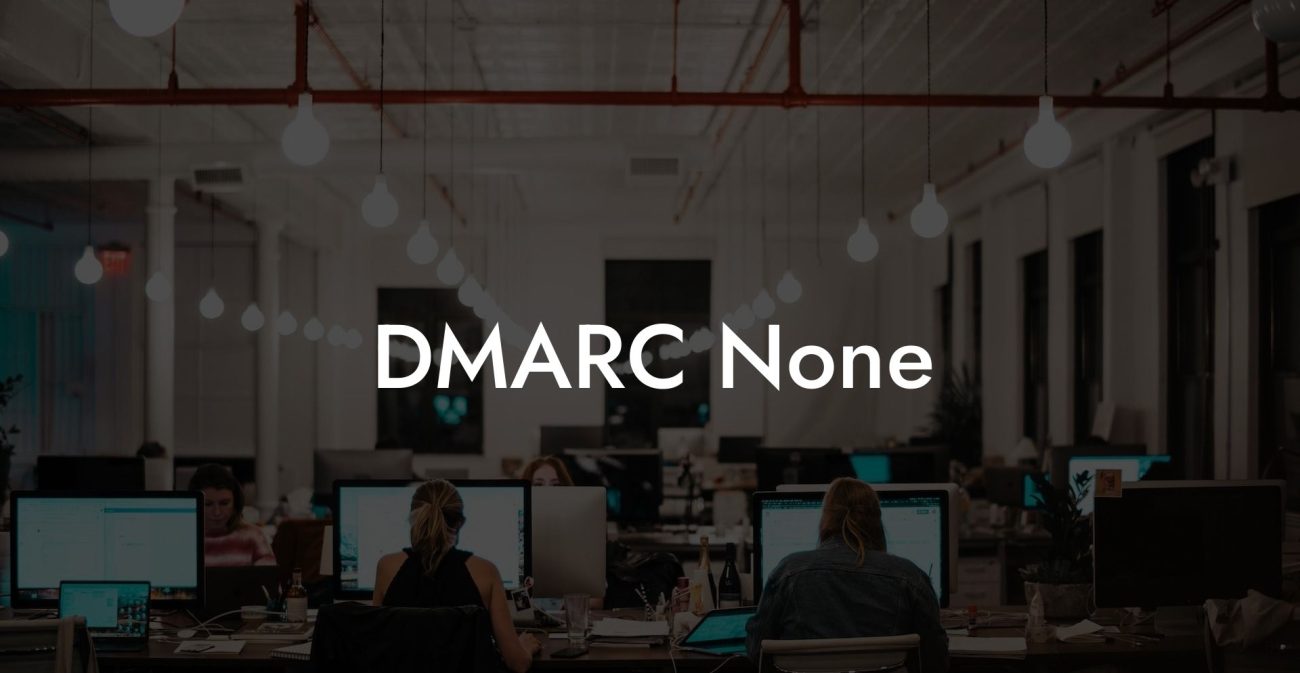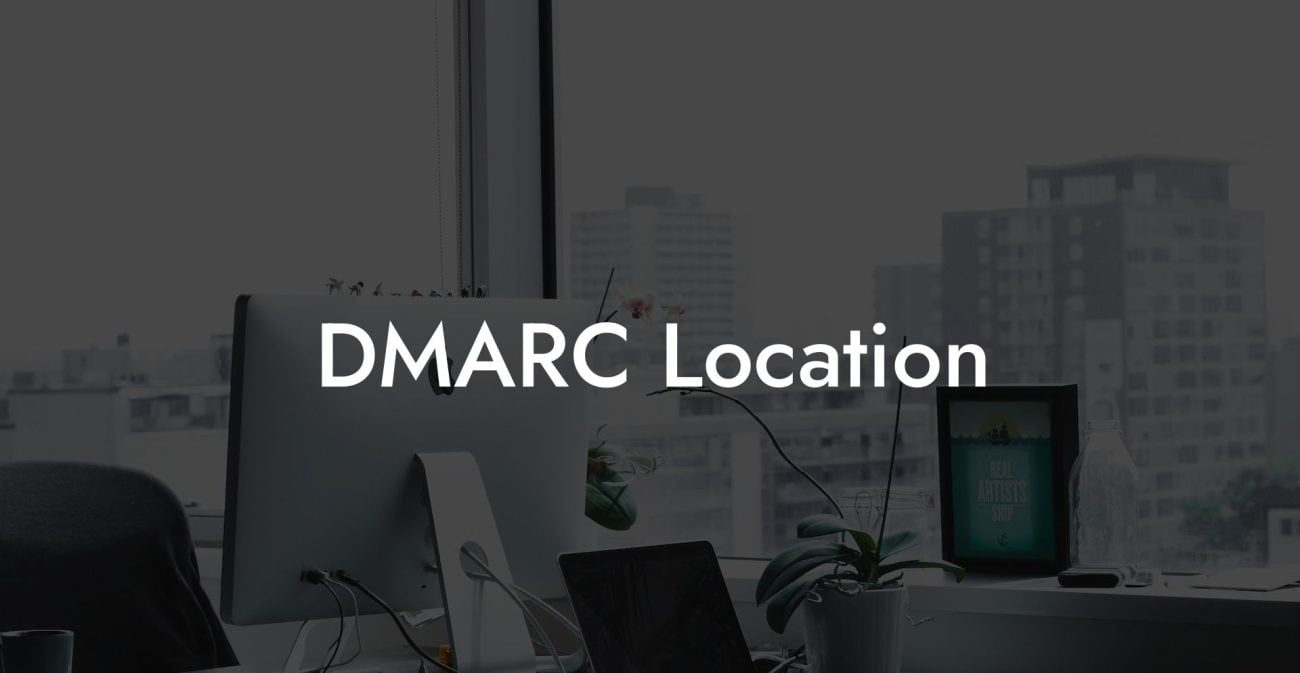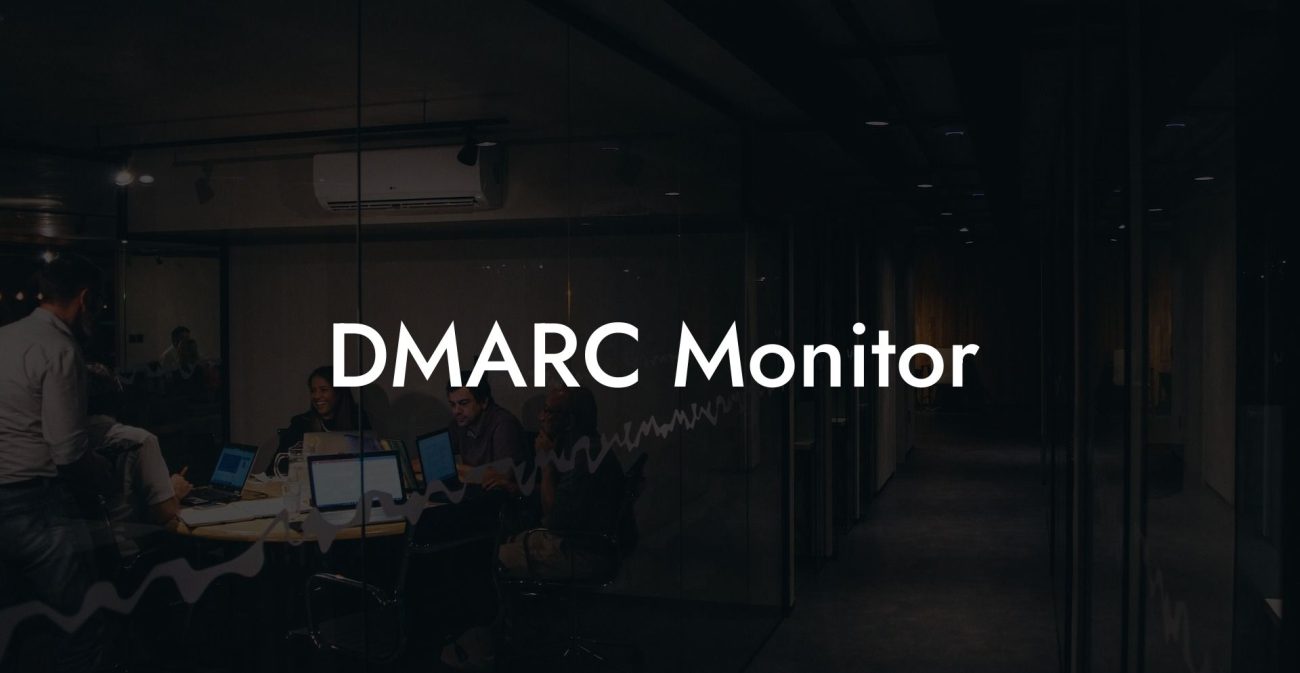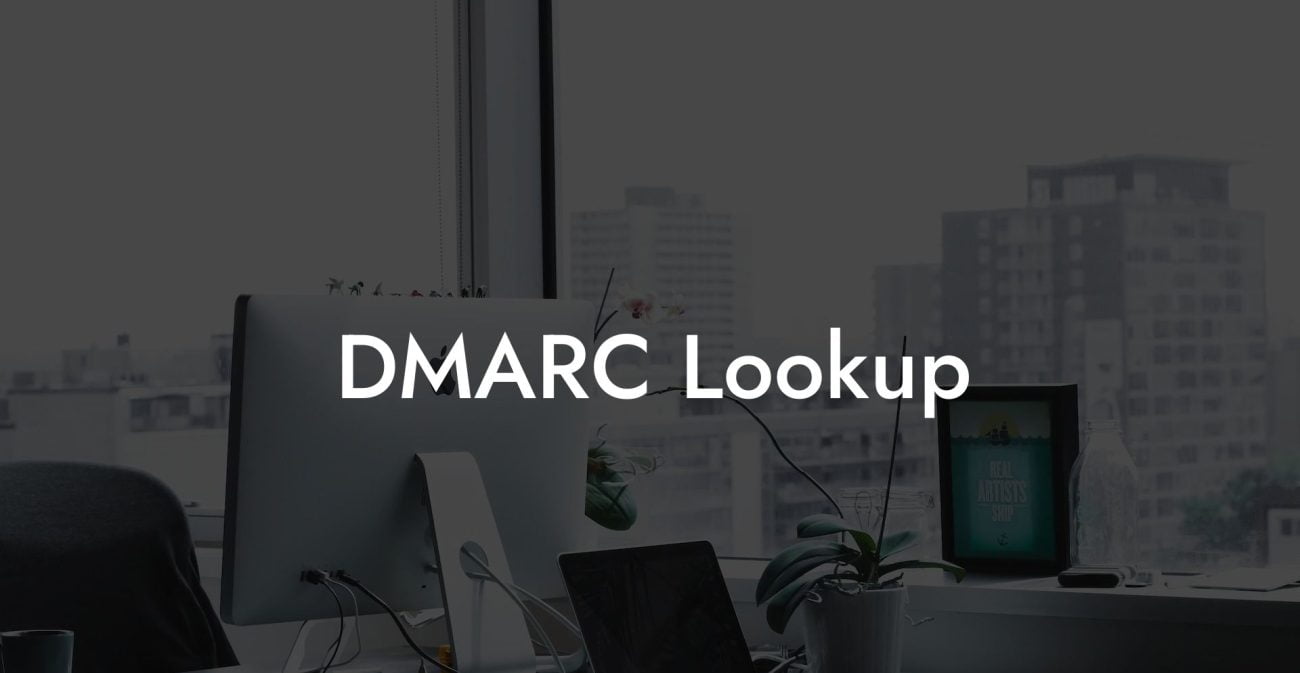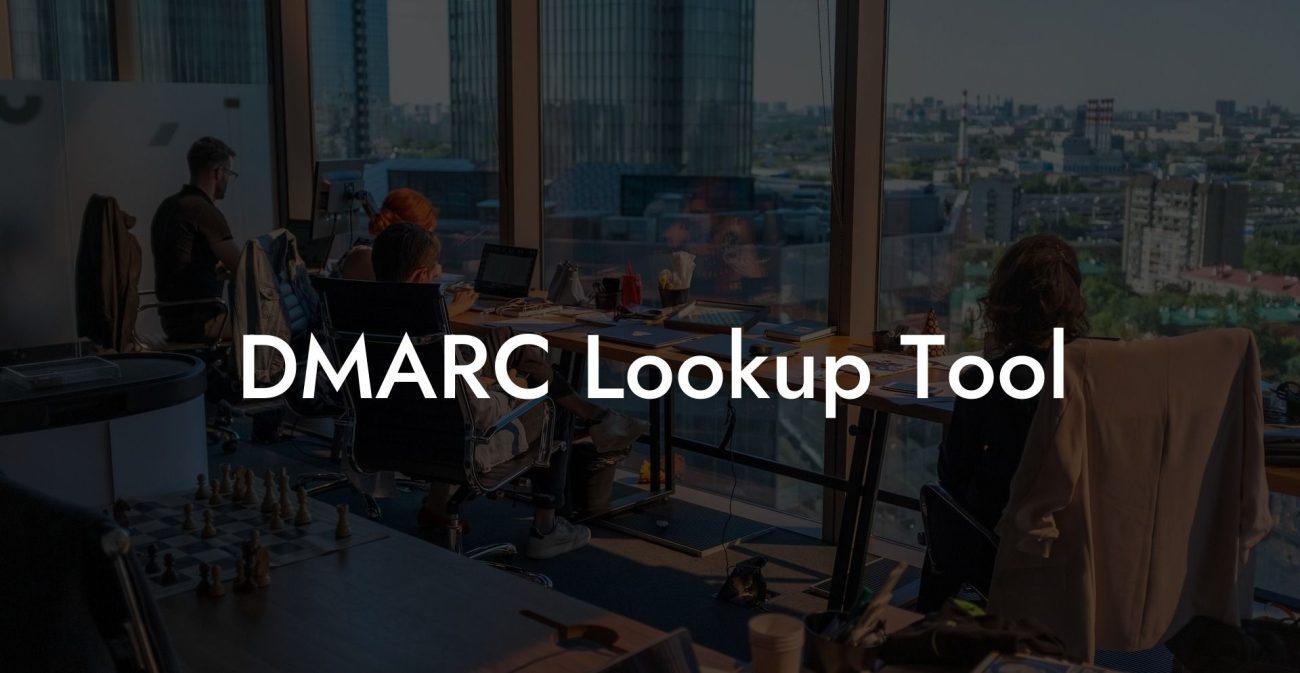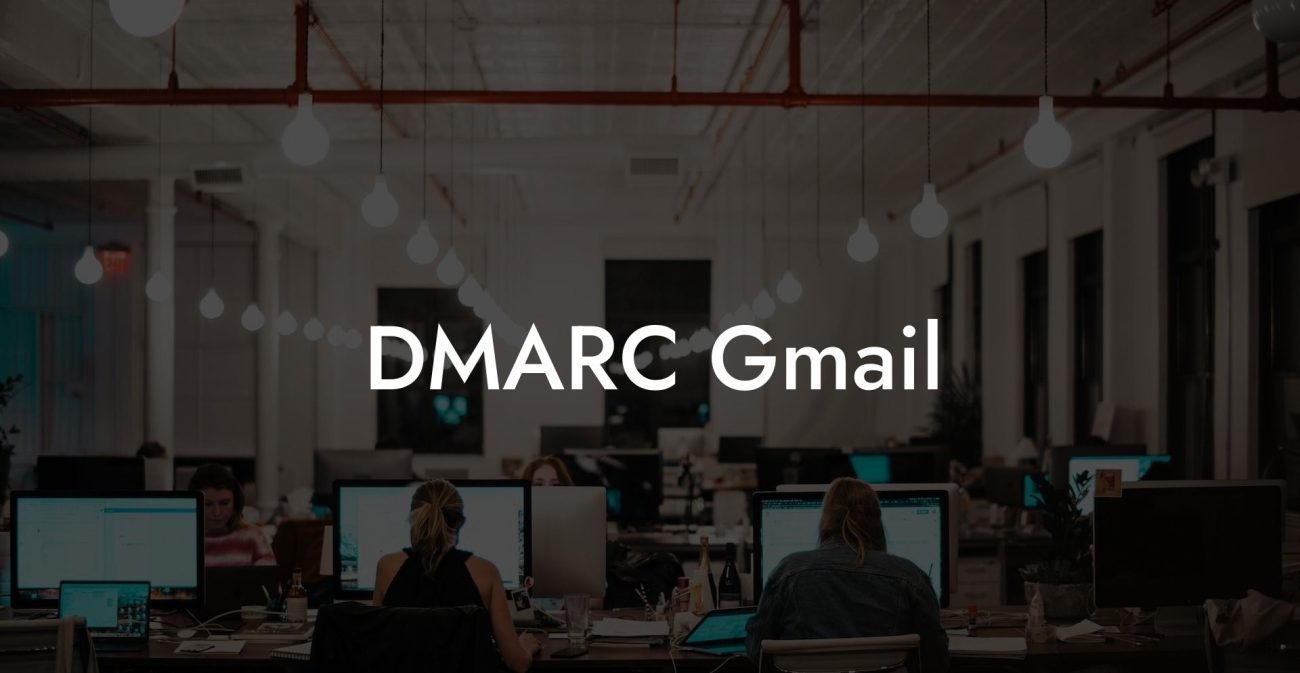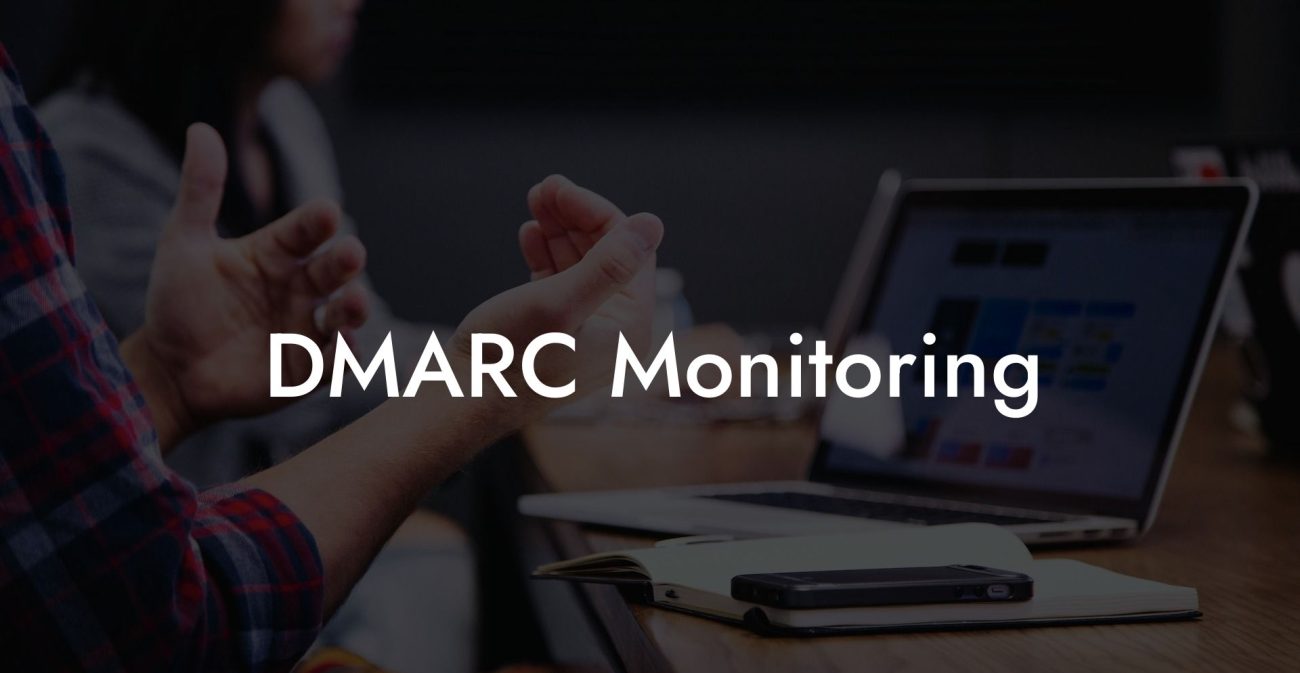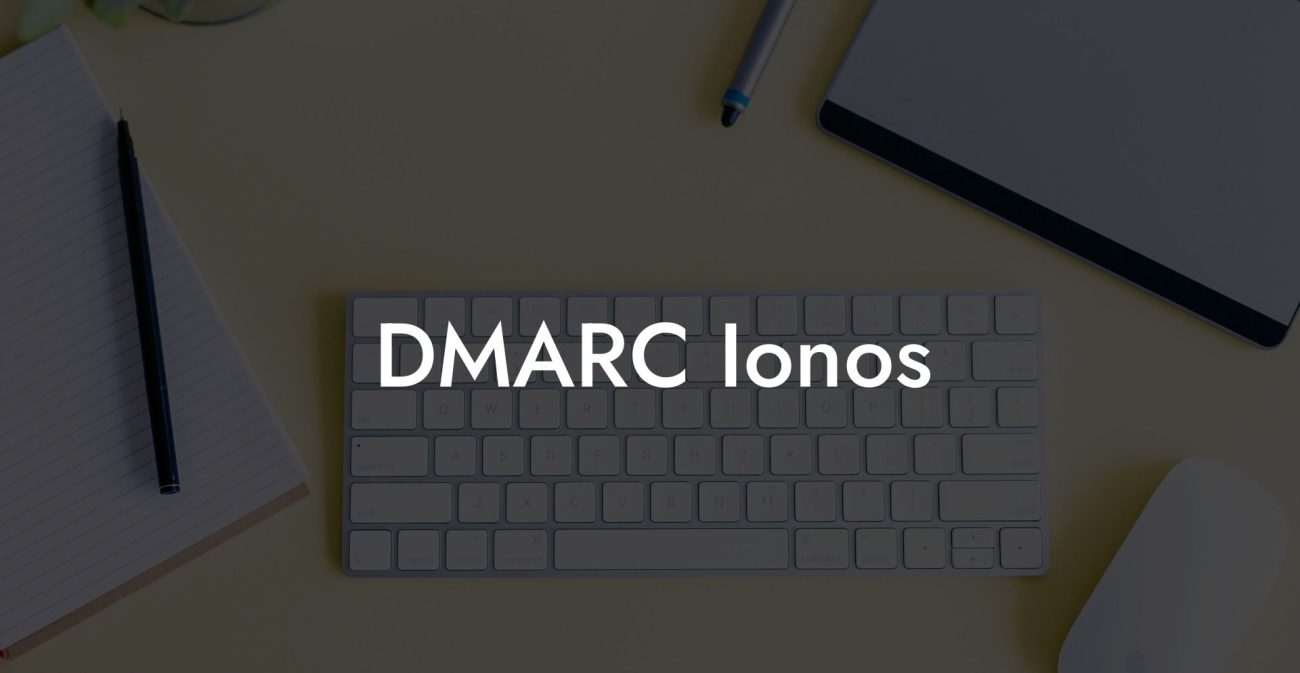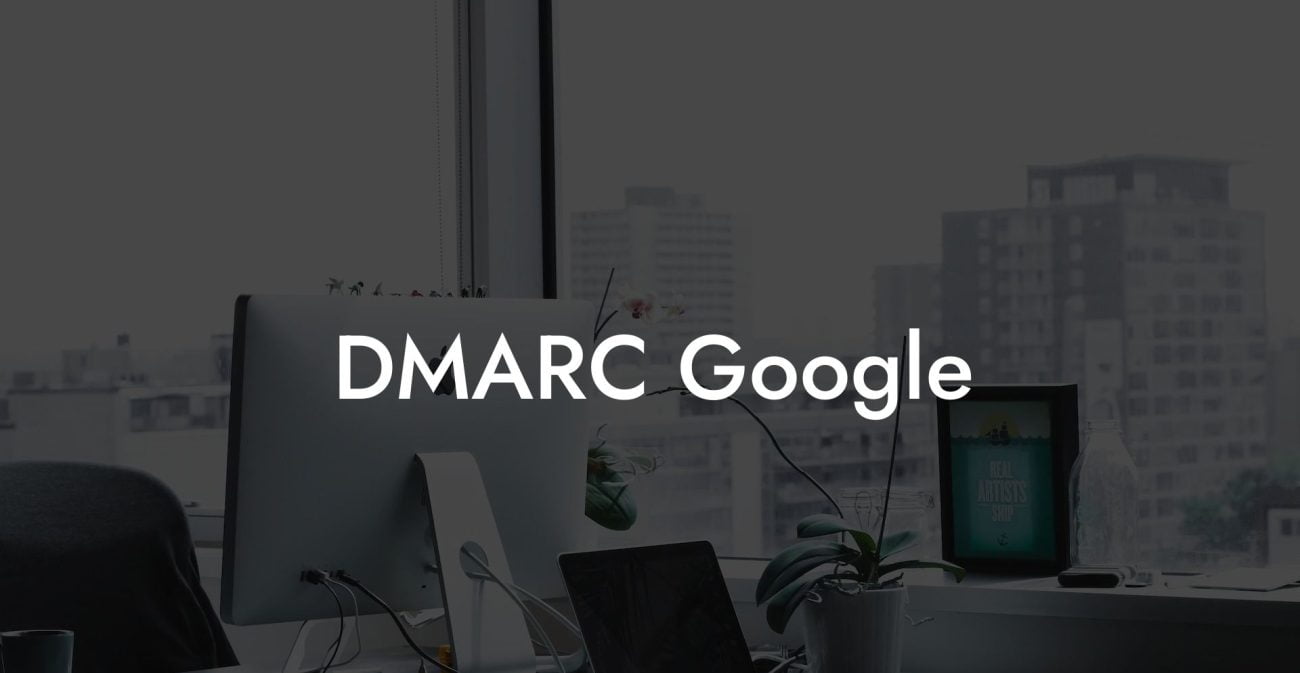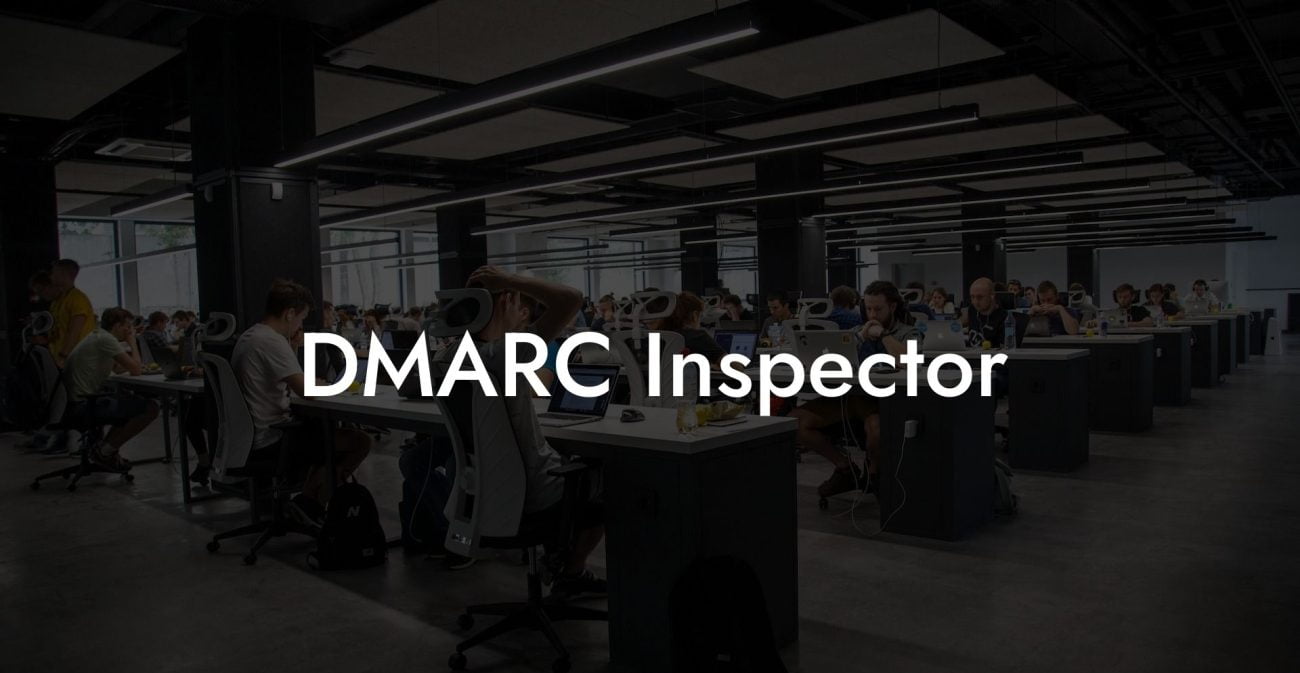The world of cybersecurity is a complicated and ever-changing landscape. With new threats and scams emerging every day, it's crucial for both individuals and organizations to stay informed and protect their sensitive information. One of the most pervasive cybersecurity threats is phishing, and its voice-based variant, voice phishing or vishing. In this article, we will dive deep into the details of DMARC, an email authentication protocol that can help protect your inbox from phishing attacks and improve your overall cybersecurity posture.
DMARC Fo 1 Table of Contents
What is DMARC?
DMARC stands for Domain-based Message Authentication, Reporting, and Conformance. It is an email authentication protocol that uses two other existing authentication mechanisms, SPF (Sender Policy Framework) and DKIM (DomainKeys Identified Mail), to verify the legitimacy of an email. DMARC helps to protect against phishing and spoofing attacks by allowing domain owners to specify how emails claiming to be from their domain should be authenticated and handled.
How DMARC Works
Protect Your Data Today With a Secure Password Manager. Our Top Password Managers:
DMARC operates by checking the sender domain of incoming emails against the alignment of their DKIM signatures and SPF records. If the email passes DMARC alignment tests, then it is considered legitimate. If not, the domain owner's specified policy is followed, which could range from doing nothing to sending a report to the domain owner or even rejecting the email altogether.
Why DMARC is Important
- Protection against phishing and spoofing attacks: Implementing a DMARC policy helps protect your domain from malicious actors who may attempt to impersonate your brand or company. This, in turn, provides an added layer of security for your customers and clients.
- Improved email deliverability: A well-configured DMARC policy can increase the likelihood of your emails reaching the intended recipient's inbox and helps avoid getting flagged as spam.
- Brand and reputation protection: By implementing DMARC, you are taking a proactive measure to protect your brand and maintain the trust of your customers and clients.
- Visibility and reporting: DMARC provides insight into both legitimate and fraudulent email traffic coming from your domain, allowing you to better analyze and improve your email security posture.
Implementing DMARC
Implementing DMARC involves a few key steps:
- Ensure that your domain has valid SPF and DKIM records in place. This is crucial, as DMARC relies on these records for authentication checks.
- Create a DMARC policy record and publish it to your domain's DNS as a TXT record. This record will include your policy preferences for how unauthenticated emails should be handled.
- Monitor DMARC reports regularly to gain insight into your email traffic and make adjustments as needed. For example, you may need to update your SPF records if you start using a new email service provider.
- Gradually increase the strictness of your DMARC policy over time, eventually moving towards a "reject" policy that blocks all unauthenticated emails claiming to be from your domain.
DMARC Fo 1 Example:
Showcasing DMARC in Action
Say you're a business owner, and you've implemented a DMARC policy for your domain to prevent phishing attacks. One day, a cybercriminal decides to target your organization by launching a phishing campaign. They create an email that appears to come from your domain in an attempt to trick your employees into giving away their login credentials.
When the phishing email arrives at your employee's inbox, their email provider checks the SPF and DKIM records of the email to ensure that it aligns with your domain's DMARC policy. Since the attacker has not used a legitimate email-sending infrastructure, the email fails the DMARC authentication check. Depending on the policy you've set, the email could be quarantined, flagged as spam, or even outright rejected. As a result, the phishing attack is thwarted, and your organization's sensitive information remains secure.
Implementing a robust DMARC policy is a crucial piece of the cybersecurity puzzle. With cyber threats such as phishing attacks and email spoofing on the rise, DMARC can provide your organization with the much-needed protection and peace of mind you deserve. By staying informed and taking proactive measures to strengthen your email security posture, you'll be better prepared to tackle the ever-changing world of cyber threats.
If you found this article helpful and informative, please consider sharing it with your network and exploring other guides on Voice Phishing. Together, we can create a safer digital environment for ourselves and our businesses.
Protect Your Data Today With a Secure Password Manager. Our Top Password Managers:

